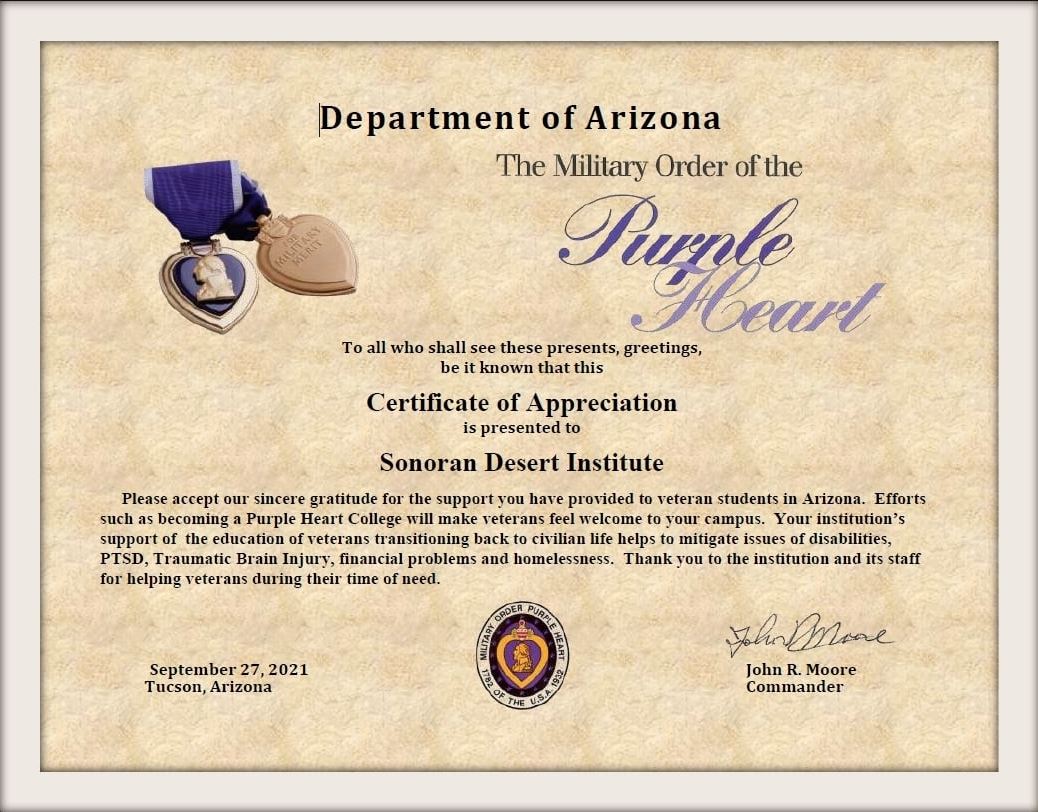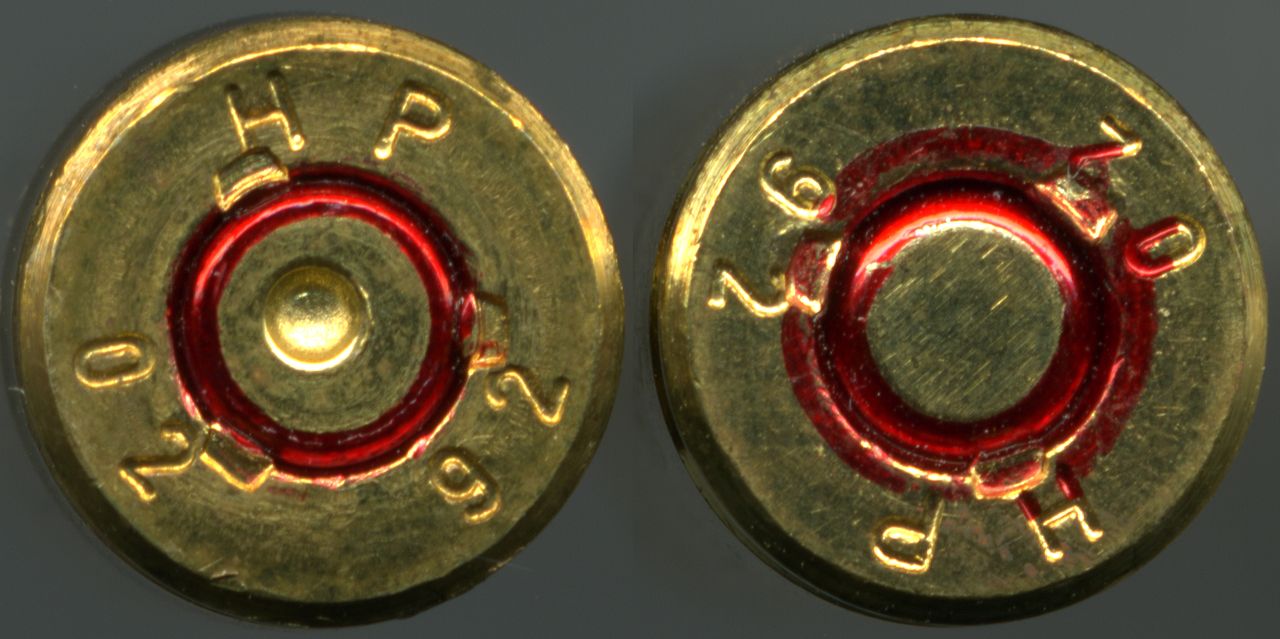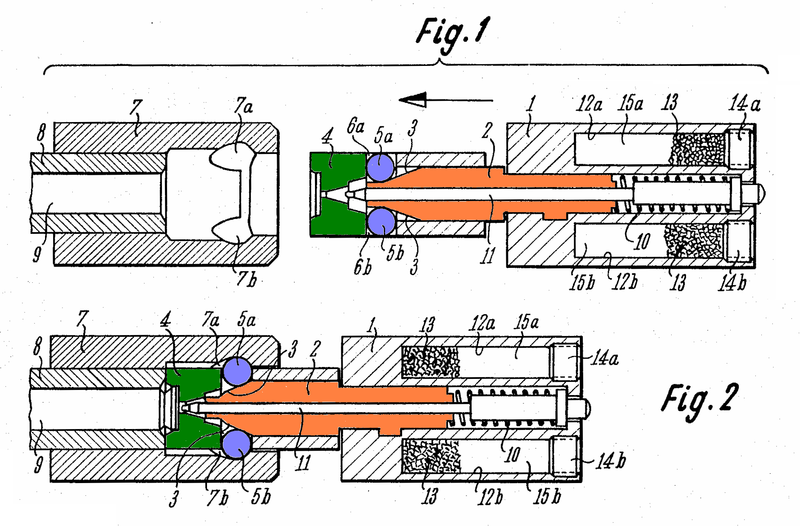
Inside the MP5, the History and Function of Roller-Delay
- Dean Stern
Featured Image Courtesy of U.S. Patent Office, drawing by Theodore Koch
All information in this article is taken from Forgottenweapons.com, and please click any of the links below for detailed descriptions of operating systems and weapons by the gun guru himself, Ian McCullom!
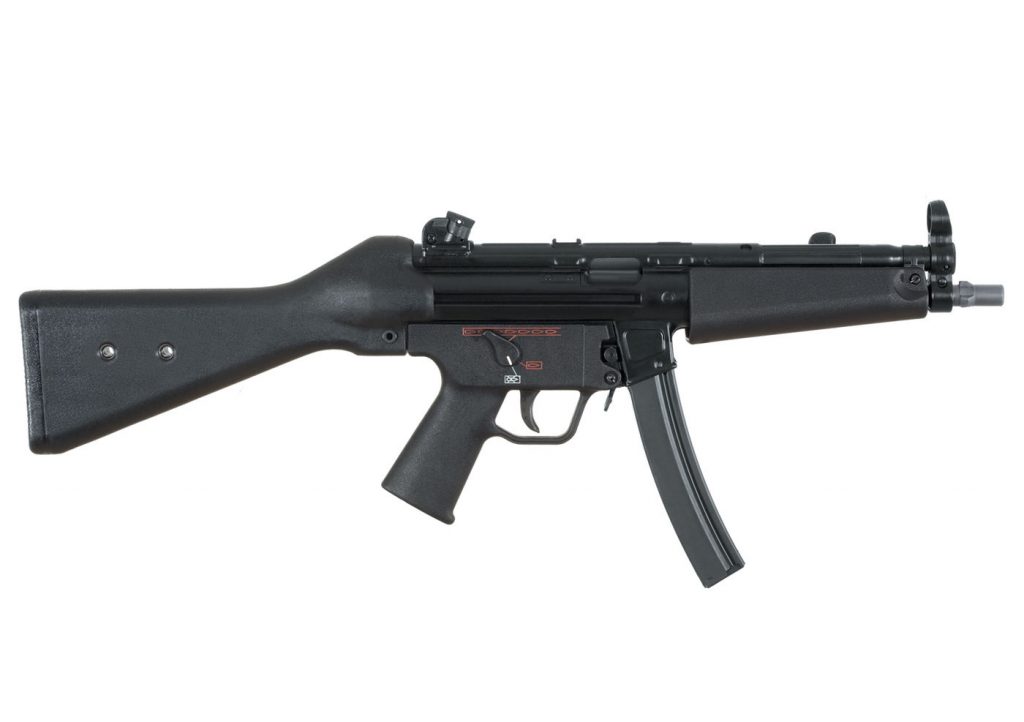
Developed in the 1960s by Heckler and Koch, the Maschinenpistole 5 (MP5) is the most widely adopted submachine gun of all time. Its accuracy, manageable recoil, and relatively light package give it an outstanding reputation amongst its users. These features are derived from its then-revolutionary operating mechanism; roller-delayed blowback, a system with a fascinating history and lineage.
Delayed blowback is a descendant of direct blowback, the simplest method of automatic firearm operation. It requires the fewest moving parts and is typically the cheapest solution.
The action of the gun is held closed by spring pressure and bolt mass alone. This operating principle allows expanding gas from the ignited powder charge to directly force the bolt face to the rear, which cycles the action, ejects a case, and rechambers a new cartridge.
Blowback’s simplicity comes with drawbacks.
It is generally only safe for pistol cartridges’ low operating pressures, and the mass of the bolt and spring tension must be high. That mass means a relatively heavy firearm with increased recoil for its class. Anyone who has ever shot a Walther PPK even in a mild caliber like .380 will understand perfectly, as will the webbing of their hand!
I also happen to know it’s our editor’s least favorite non-P-64 handgun, but I digress.
Until the MP5, direct blowback was by far the most common means of submachine gun operation. Examples include the open-bolt German MP-40 and the American M1A1 Thompson.
One way to mitigate the disadvantages of direct blowback without resorting to the complexity of a fully locked-breech is to utilize delayed blowback. First developed by Ferdinand Mannlicher in the 1890s, this system uses a mechanical disadvantage (low load to force ratio) to slow the action’s opening.
Delayed blowback typically equates to lower bolt mass, spring pressure, and the added capability for very high-pressure cartridges. From the lever-delayed system of the French FAMAS to the modern radial-delay of the CMMG Banshee, there are many methods, but the MP5 uses a roller-delayed system.
The systems’ inception begins in the 1930s and 40s; the Germans developed several roller-locked firearms like the MG–42. These guns used steel rollers locked into the barrel extension. In the MG-42, the rollers are then unlocked by the barrel’s movement under recoil before the bolt can cycle.
Late in WWII, to replace Walther’s long-stroke gas-operated tilting bolt Sturmgewehr series with a simpler, cheaper firearm, Mauser developed the simpler Gerat 06. It utilized a gas-operated roller-locked breech similar to the MG42. The Wehrmacht rejected it as not simple enough, but some prototypes were reportedly seen to unlock themselves even without the gas piston’s operation.
This unexpected phenomenon gave Dr. Karl Maier the idea to do away with the gas piston’s complexity altogether. Thus the Gerat 06H (later the StG 45) chambered in 7.92×33 became the first roller-delayed firearm. The “H” stood for Halb verschlossen or “half-locked” in German.
Like their later cousin, the MP5, these guns fire from a closed bolt using what came to be called roller-delay. As seen below in the color-coded diagram, before the bolt head can retract under pressure from the spent case, the rollers must be driven into the bolt assembly by the curved “locking” shoulders.
The rollers force the angled portion of the bolt assembly, paradoxically called the locking-piece, rearward.
This piece must drive the entire bolt and bolt carrier against spring pressure before the bolt head can fully cycle, which gives a substantial delay.
The delay allows gas pressure to fall to safe levels prior case extraction and ejection. To further enhance the reliability, many roller-delayed firearms also use a fluted chamber to assist with case extraction under higher than normal pressure.
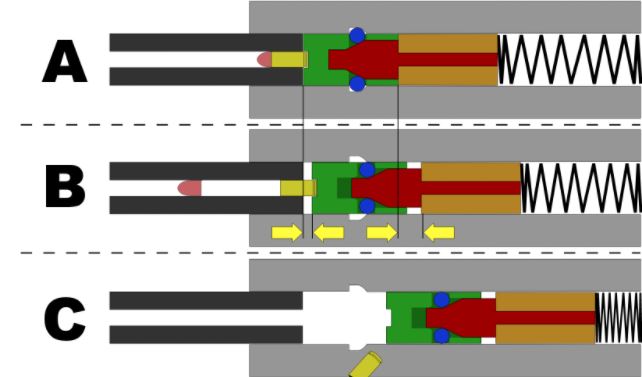
After the war, some of the same German Mauser engineers working in Spain would use the Roller-Delay concept to create the famous CETME rifles.
This system allowed the CETME a straightforward sheet metal construction without complex machining that could fire full-powered 7.62 NATO reliably. These rifles eventually became the H&K G3 rifles, adopted by the Bundeswehr in 1959.
In the 1960s, the H&K engineers in Germany scaled this system down for the 9x19mm in the MP5 sub-machine gun.
Since then H&K and many other manufacturers have cloned and copied the design and even adapted it to many other calibers and configurations; these include the integrally suppressed MP5SD and the shortened MP5K.
The action is left largely unchanged aside from locking-piece angle modifications to accommodate the change in cyclic rate and operating pressure.
Compared to the previously mentioned open bolt blowback SMGs, the MP5 and its many variants have mild recoil, a lightweight, relatively simple sheet metal construction, and superb accuracy.
Very little has changed in the intervening years, and it does have some of the drawbacks that one would expect from its age. The MP5s and its variants generally do not have a last round bolt hold open, provide little real estate for attachments, and have outdated, though manageable, ergonomics, according to Josh and Henry of 9-Hole Reviews.
Still, despite its 50-year-old design and the multitude of new submachine guns and PDWs on the market, the MP5’s outstanding reputation continues to see it used in more than 40 countries to this day. If you have the chance to fire one, you will see why.
What do you think about this story? Please share this on Facebook and Twitter and let us know!

